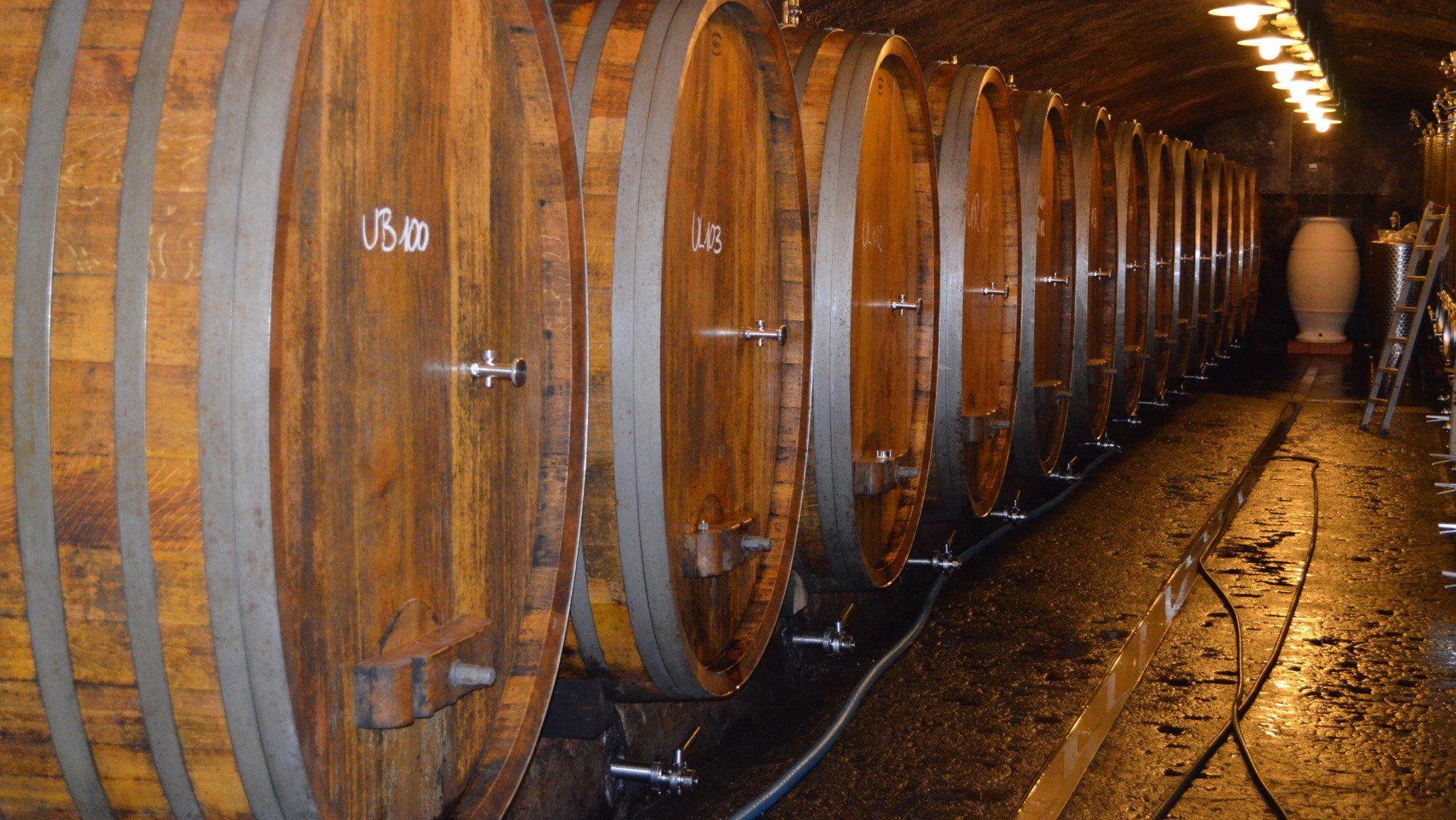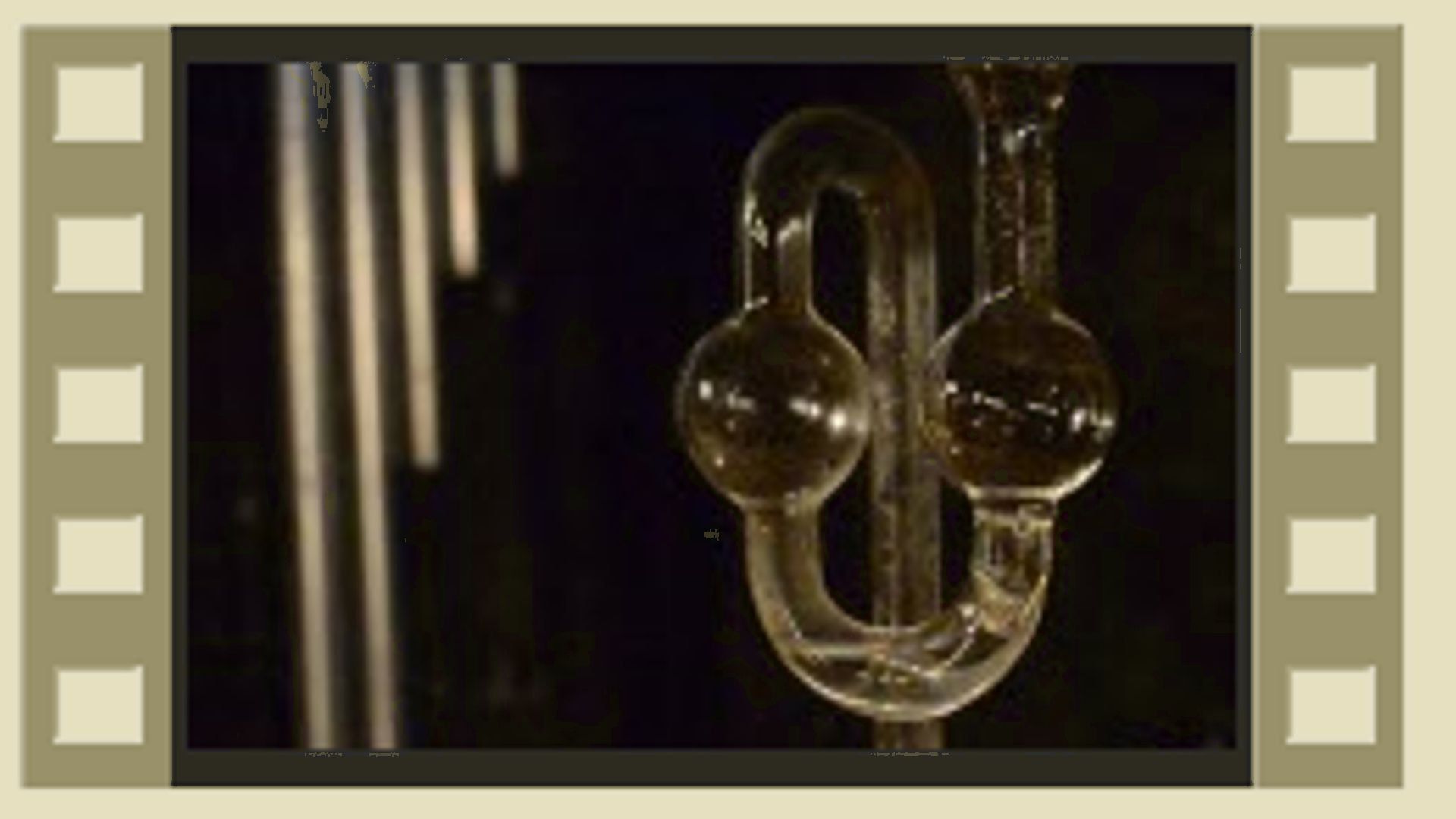Schnapps ...
pretty wild yeasts
Spontaneous fermentation. Attention, theory!
Spontanvergärung gehört in der Weinszene zur gleichen Wortfamilie wie ökologisch, nachhaltig, Terroir, Tradition und Handwerk. Kaum ein Winzer, der diese Begriffe nicht mehr oder weniger geschickt in seine Außendarstellung einfließen lässt. Nun denn ...
Faites votre jeux - ein Keller gärender Möglichkeiten
- Ein Most gärt ohne Zusatz von Hefen - so wie seit vielen Tausend Jahren.
- Der „pied de cuve“, oder das Prinzip Sauerteig: Zu Beginn der Lese werden besonders gesunde und reife Trauben geerntet und spontan ans Gären gebracht. Mit dem gärenden Moste werden dann die später gekelterten Partien geimpft.
- Ein Most beginnt ohne Hefezusatz mit der Gärung, wird aber dann später mit Zuchthefen geimpft, um auf Nummer sicher zu gehen.
- Je nach Zustand der Trauben erfolgt die Gärung spontan oder mit Zuchthefe.
- Jeder Wein wird mit einer Hefe zum Gären geimpft
- Je nach gewünschtem Geschmacksprofil werden unterschiedliche Hefen eingesetzt.
Note: From variant 3, cultured yeasts can almost always be detected in the non-vaccinated barrels. After an initial scramble between various wild microbes, the more powerful yeasts of the genus sccaromyces cerevesiae usually dominate towards the end of fermentation. In other words, from variant 2 onwards, fermentation takes place more or less exclusively with those yeasts that don't have that much to offer in terms of taste. (The Frankensteins therefore take RNA from other yeasts to plant saccaromycetes.)
Would you like a little more details? With pleasure. Here, freely based on Dante ...
And at Heymann-Löwenstein? Taste the individuality of the vineyard and the vintage. Easy said. But how is the taste created? We can see rocks and stones, touch them and, if we want, analyze them. But how does stone become earth, how does the earth become available to plants. The flora and fauna of the soil, the world of microbes with its diverse interdependencies and age-related. microclimate-related fluctuations is basically completely unknown. But that's not a problem for us, because it works very well. For us, vinification of terroir wine means not to mess with the various microbes. Both in terms of soil life - for 40 years we have been fertilizing exclusively with self-made compost - as well as in alcoholic fermentation - for 30 years only with wild yeast.
However, simply not adding yeast is not enough. Terroirvinification means not to destroy the multitude of microbes attached to the grapes. No sulfur on grapes or mash! But also another reason not to use bentonite or enzymes. Bentonite, a "natural" clay, is at first glance a very pleasant means of cleaning must. But a must cleaned with bentonite has 30% fewer amino acids. What an intervention in microbiology!
Claro, not all microbes mean well with us. Such a vinification is therefore only possible through extremely careful sorting of the grapes. Everything that is microbially contaminated - unless it is high-quality botrytis - ends up on the compost. And, we work with temperature. The grapes come from the vineyard into our cold storage room as quickly as possible, are sorted cold and only warm up again during pressing. Then the grape's own enzymes slowly become active, fermentation begins and fate takes its course. For 30 years, and many, many different barrels every year. Contrary to the prophecies of doom of the apologists from yeast industry & Co, there has not yet been a single accident at work, ie no call from us to the Hengstenberg company…. Although the percentage of vinegar bacteria can increase dangerously during fermentation. How do we know? The microbiological institute at the University of Mainz examined our fermentation process. Samples were taken every three days from the fresh must at the wine press to the first sulphurisation in the following year, in which all microbes were precisely determined via their RNA. The result: over 20 different bacteria, over 20 different yeasts. A constant coming and going…. And finally, no yeasts of the genus saccaramyces cerevesiae - which, according to common doctrine, prevail at the end of every fermentation - could actually not be found. Instead, a hitherto unknown Heymann-Löwenstein hybrid! Very exciting, and lots of water - no, better - lots of good wine on our terroir mills.
Here you can download the test results from the University of Mainz
From a different perspective:
Fits to:
And the beauty of the borders
Delicate feminism
Video with Kathrin Höhler































